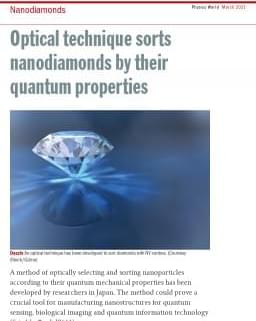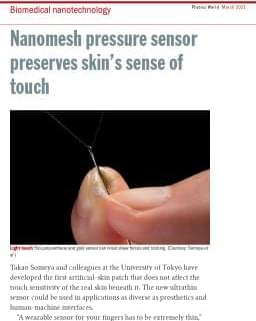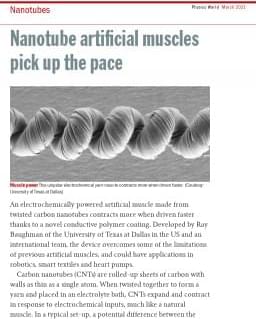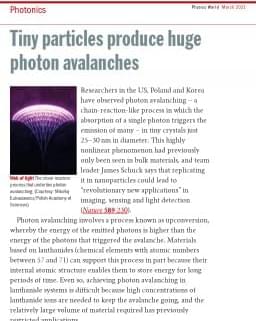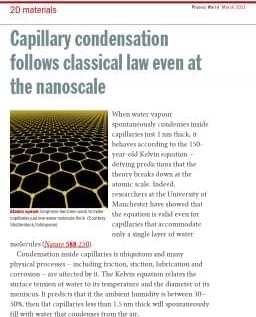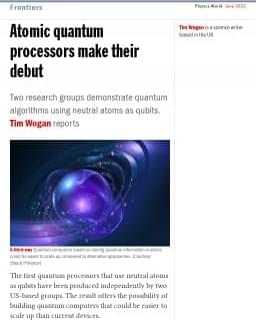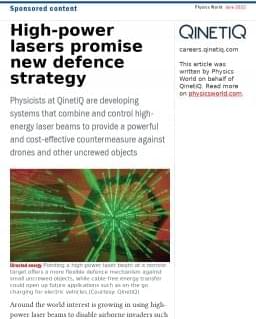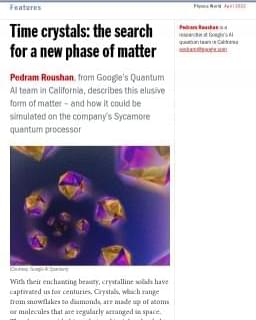A method of optically selecting and sorting nanoparticles according to their quantum mechanical properties has been developed by researchers in Japan. The method could prove a crucial tool for manufacturing nanostructures for quantum sensing, biological imaging and quantum information technology ( Sci. Adv. 7 eabd9551).
Scientists have several ways of manipulating and positioning tiny objects without touching them. Optical tweezers, for example, use a highly focused laser beam to generate optical forces that hold and move objects in the beam’s trajectory. However, such tweezers struggle to grasp nanoparticles because these tiny objects are much smaller than the wavelength of the laser light used.
Now, a team led by Hajime Ishihara of Osaka University and Keiji Sasaki at Hokkaido University has developed a way of using light to sort nanodiamonds. These are tiny pieces of semiconductor with very useful optoelectronic properties that derive from bulk diamond as well as certain defects such as nitrogen-vacancy (NV) centres.
